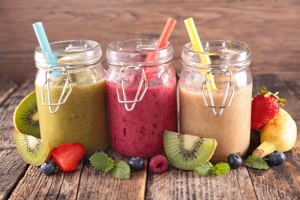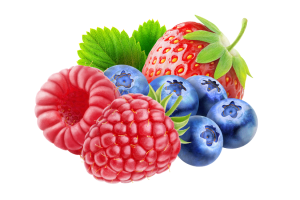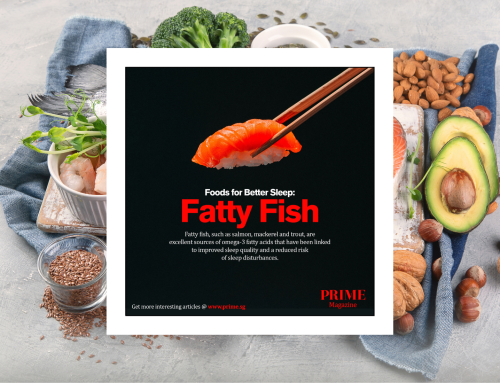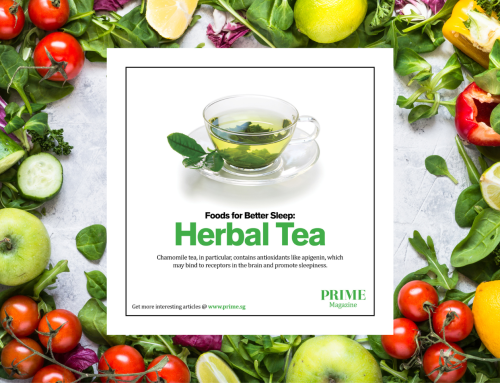
Smoothies have long been celebrated as a convenient and tasty way to incorporate essential fruits and vegetables into one’s diet. Yet, are all combinations equally beneficial? Recent research originating from the University of California, Davis, indicates that the composition of ingredients within a smoothie can significantly influence the extent to which your body reaps nutritional rewards.
A recent study published by the University of California and featured in the Royal Society of Chemistry’s Food and Function journal, utilizes smoothies as a testing ground to explore the effects of polyphenol oxidase (PPO), an enzyme naturally occurring in numerous fruits and vegetables. Specifically, researchers examined how different levels of PPO in smoothie ingredients impact the absorption of flavanols, a group of bioactive compounds known for their positive effects on heart and cognitive health. Flavanols are prevalent in common smoothie components such as apples, pears, blueberries, blackberries, grapes, and cocoa.
Javier Ottaviani, the lead author of the study, who directs the Core Laboratory of Mars Edge and is an adjunct researcher with the UC Davis Department of Nutrition, explains, “We set out to investigate the practical implications of how a staple food like a banana-based smoothie could potentially influence the availability of absorbed flavanols.”
The Role of Polyphenol Oxidase (PPO)
When you cut into an apple or peel a banana, you’ve likely noticed the rapid browning of the exposed flesh. This discoloration is attributed to polyphenol oxidase, or PPO, an enzyme present in these foods. Exposure to air, cutting, or bruising triggers this browning process. Researchers were intrigued by whether freshly prepared smoothies containing different PPO-containing fruits would alter the accessibility of flavanols for the body.
The study revealed that PPO in fruits, like bananas, can interact with flavan-3-ols and cause their rapid degradation during the preparation of smoothies. This degradation occurs both before and after the smoothie is consumed. The research team conducted a series of experiments, exploring the behavior of PPO and flavan-3-ols in various conditions. They found that PPO’s activity led to a significant reduction in the levels of flavan-3-ols in the smoothies, especially those made with high-PPO fruits like bananas.
Flavan-3-ols transcend the conventional notion of mere ‘antioxidants,’ a label often exploited by various food corporations. Over numerous years, a wealth of research has consistently substantiated their capacity to mitigate the risk of diet-related ailments like heart disease, stroke, and type 2 diabetes. These compounds operate through diverse mechanisms, not limited to enhancing blood pressure, augmenting blood circulation, optimizing cholesterol levels, and regulating blood sugar. Additionally, flaven-3-ols have demonstrated their proficiency in safeguarding the body’s cells against age-related damage.
Interestingly, smoothies made with low-PPO fruits, such as mixed berries, preserved more of the flavan-3-ols, highlighting the importance of considering PPO activity during food preparation. The researchers also observed that the interaction between PPO and flavan-3-ols might continue even after the smoothie is ingested. This suggests that the impact of PPO on nutrient bioavailability extends beyond just the preparation stage.
Banana vs. Berries
Study participants were provided with a smoothie containing banana (high PPO activity) and another made with mixed berries (low PPO activity). A control group was given a flavanol capsule. Blood and urine samples were then collected and analyzed to gauge flavanol levels post-consumption.
The results indicated that individuals who consumed the banana smoothie experienced an 84% decrease in flavanol levels compared to the control group.
Ottaviani expresses astonishment at the speed with which the inclusion of a single banana led to a substantial reduction in both the smoothie’s flavanol content and the subsequent absorption within the body. He asserts, “This underscores the crucial role of food preparation and ingredient combinations in shaping the absorption of dietary compounds.”

Balancing Flavanol Intake
Considering the Academy of Nutrition and Dietetics’ recommendation of a daily flavanol intake ranging from 400 to 600 milligrams for improved cardiometabolic health, Ottaviani suggests a strategic approach to smoothie preparation. To maximize flavanol absorption, individuals should blend flavanol-rich fruits like berries with low PPO activity counterparts such as pineapple, oranges, mango, or yogurt. While Ottaviani maintains that bananas remain an excellent dietary option, he advises against combining them with flavanol-rich ingredients like berries, grapes, and cocoa.
Exploring Future Possibilities
The findings of this study ignite potential avenues for further exploration into the preparation of various foods and their effects on flavanol content. For instance, Ottaviani points out that tea serves as a significant dietary source of flavanols, and its preparation can impact the amount available for absorption.
In closing, Ottaviani emphasizes, “This realm, encompassing polyphenols and bioactive compounds, undoubtedly merits deeper investigation.”










